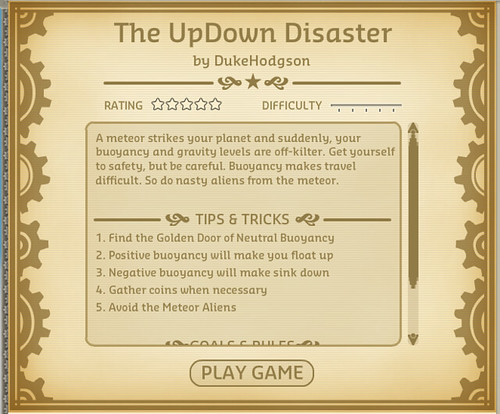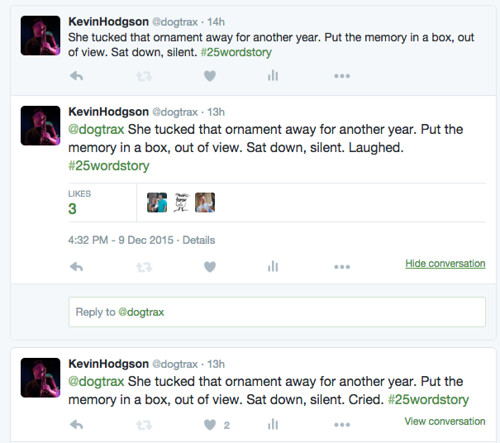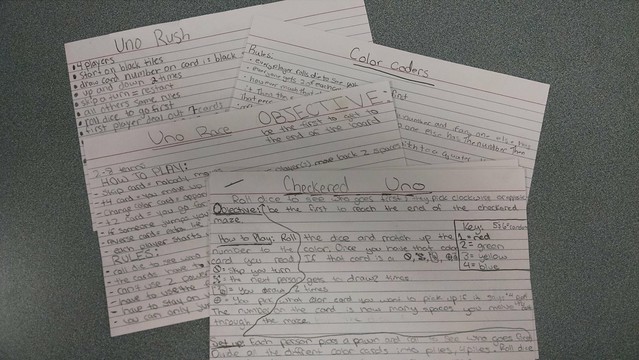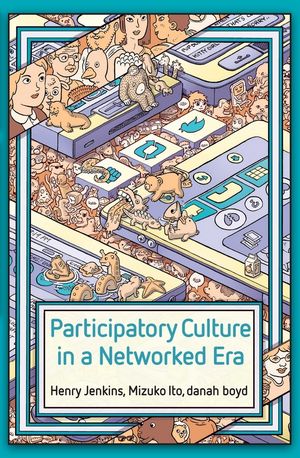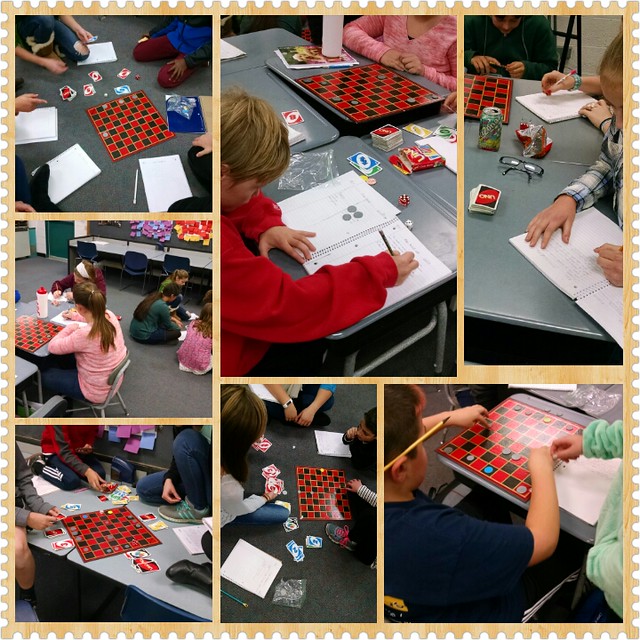(This is a post for Slice of Life, a weekly writing activity hosted by Two Writing Teachers. Come write.)

You should have seen the excitement on my sixth graders’ faces when I pulled out my large stack of Magic School Bus books yesterday during a lesson around integrating science themes into narrative stories. They will be doing a version of same task soon, as they launch into a science-based video game design project that will take us right up to holiday break, and what better model and mentor text than the Magic School Bus?
I had a series of guiding questions they had to answer in writing as they read their books — on earthquakes, the solar systems, electricity and many more topics — and there was silence as they read, punctuated every now and then by a chuckle, or a “I remember this one.” There’s such power in picture books.
Our follow-up discussions about science themes and conflict/resolution were rich and productive, too. Ms. Frizzle did not let me down.
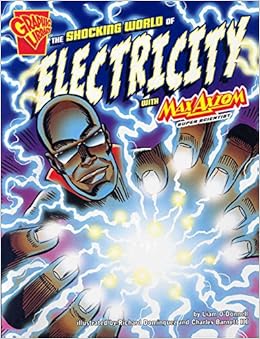
And for those students who finished early, I had a second stack of Max Axiom graphic novels, which also have a scientific theme as scientist Max Axiom explains more complicated science than Ms. Frizzle. I like the Max Axiom graphic novels, but they are more straightforward non-fiction text (with some magical elements involved … Max can shrink, go through time, etc … he is sort of his own magic school bus …).
And now, we get ready to make our own science-based games …
Peace (in the share),
Kevin
